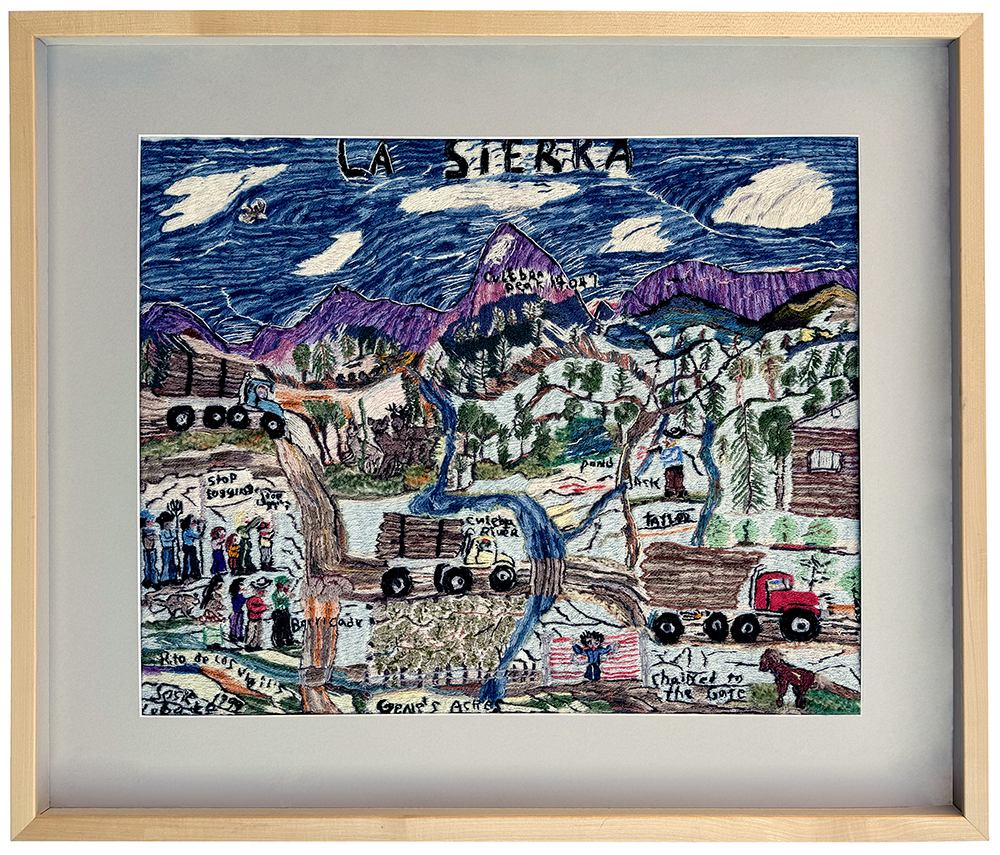
ResourcesVisit Colcha Embroidery Articles Videos Bibliography Materials The Colcha Stitch Visit Colcha Embroidery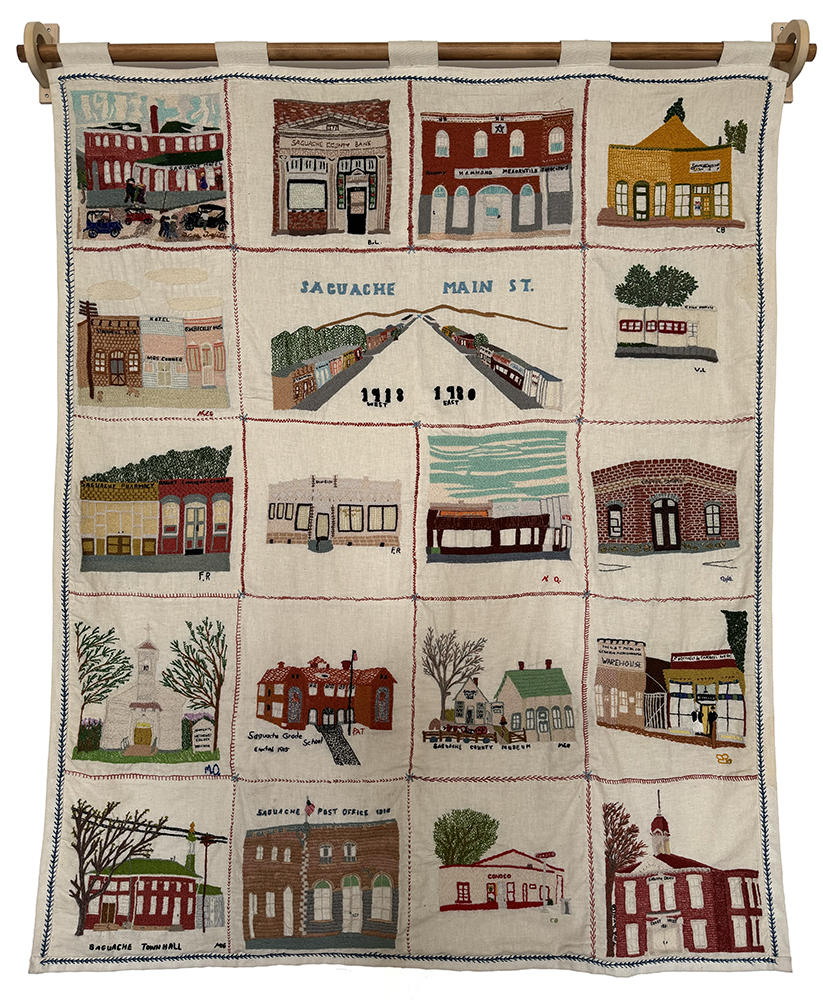
There are destinations across the San Luis Valley and Colorado to visit colcha embroidery, including:
|
Articles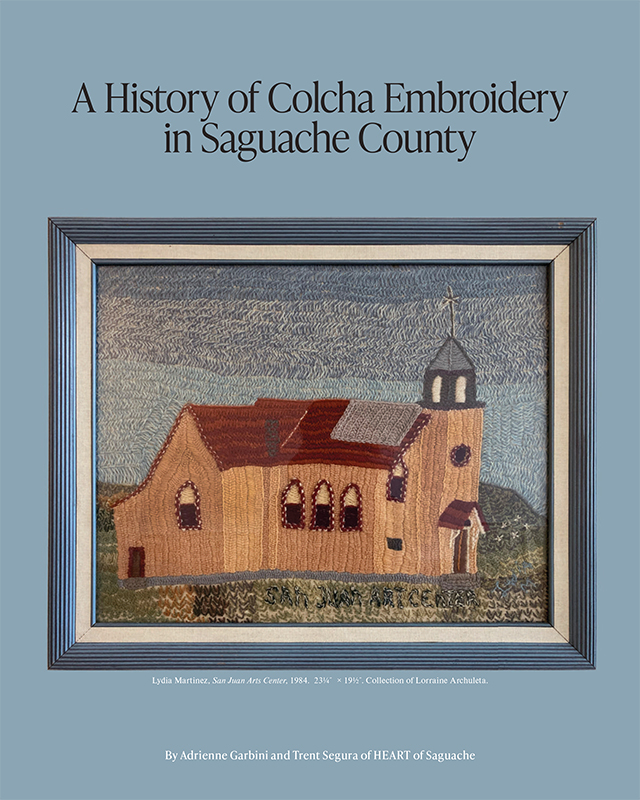
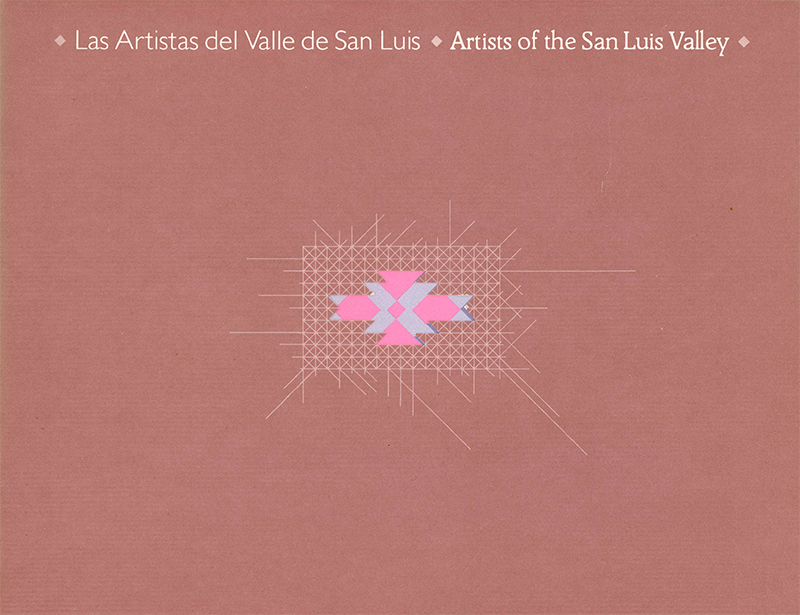

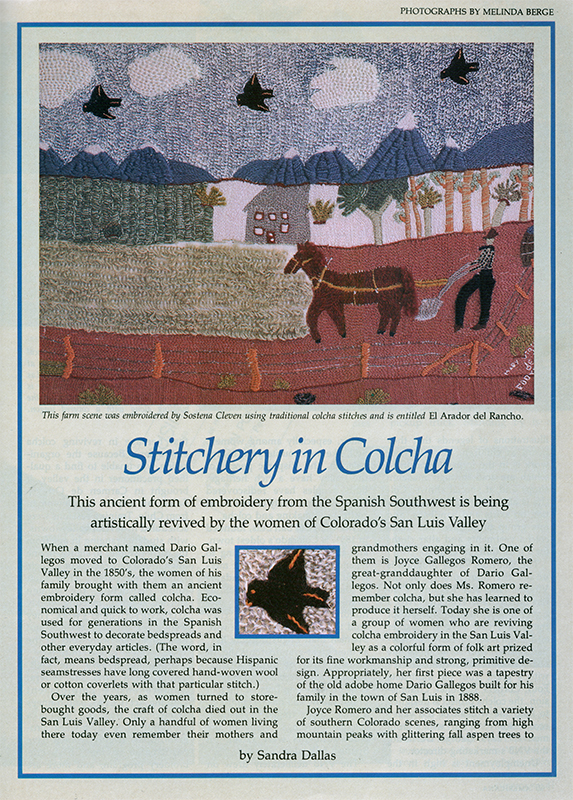
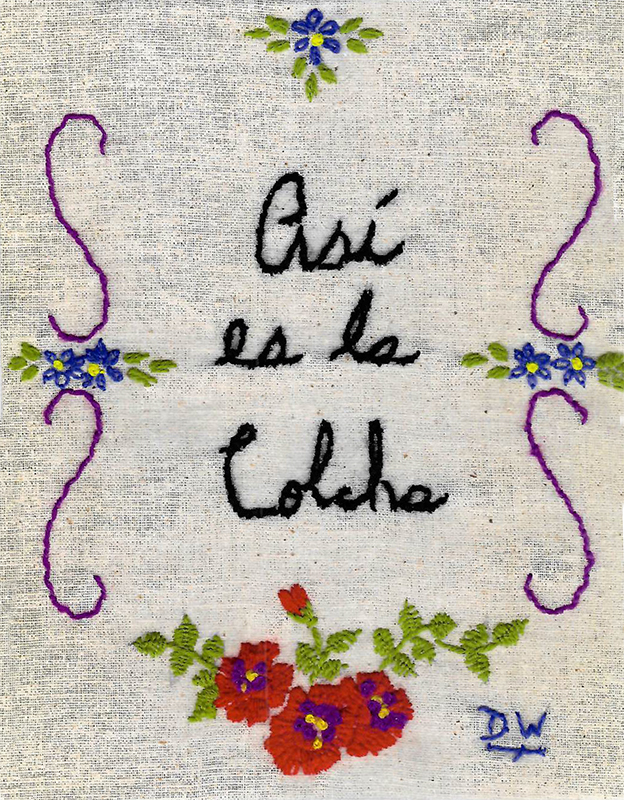
Videos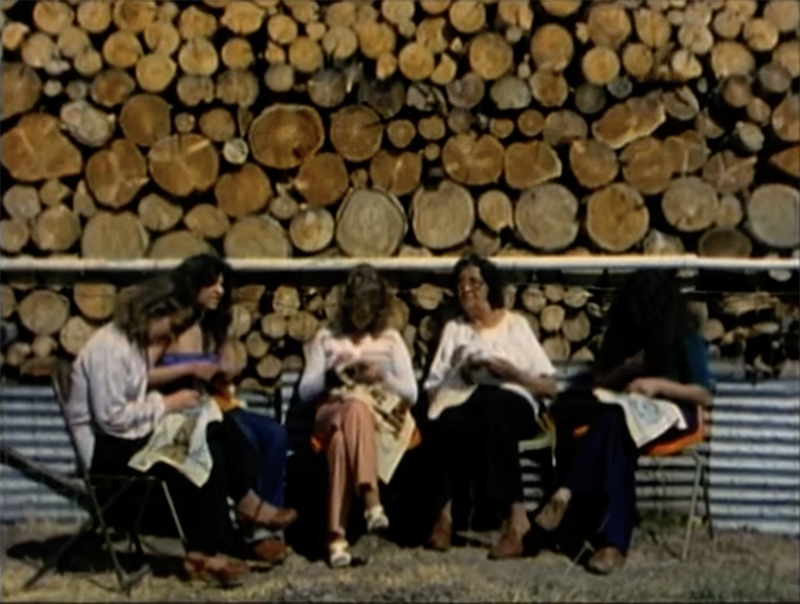
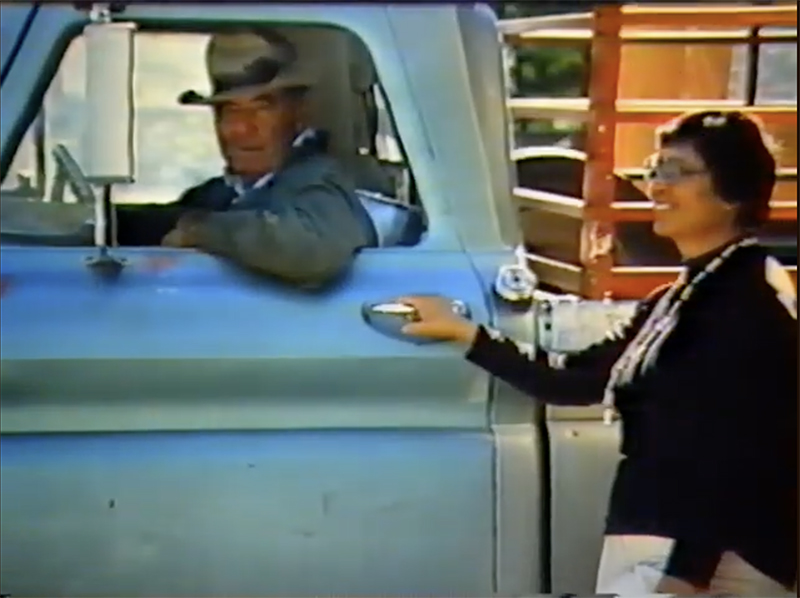
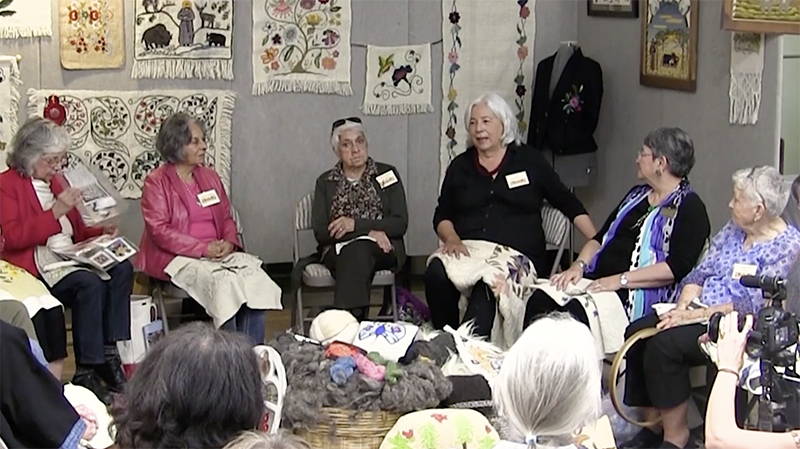
and Northern Rio Grande National Heritage Area, 2019 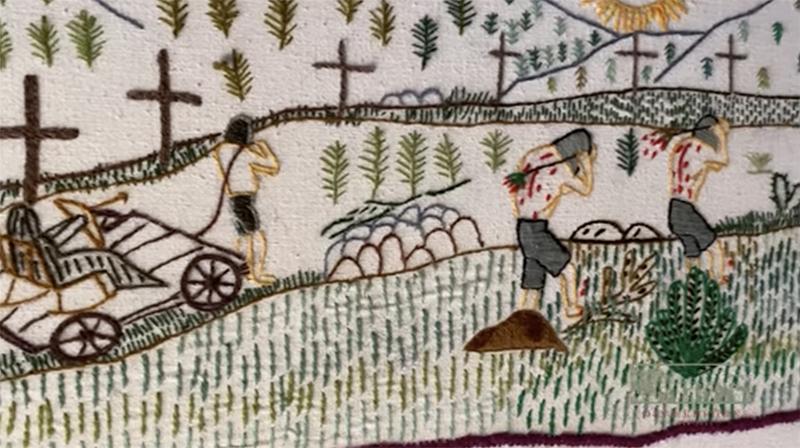
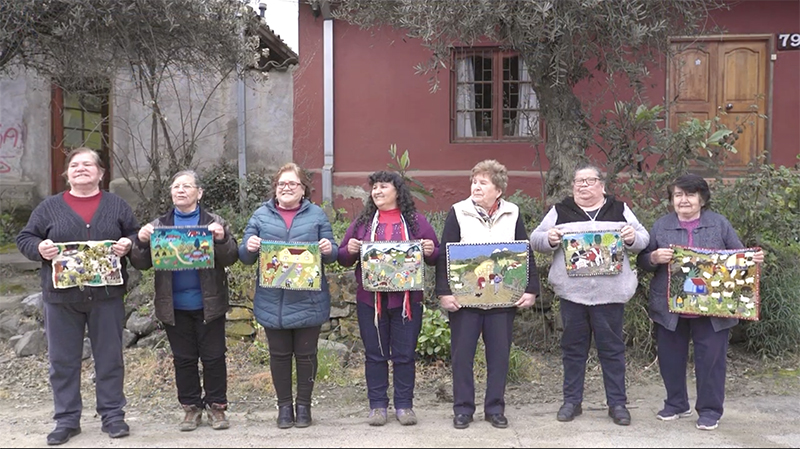
by Fundación Artesanías de Chile, 2021 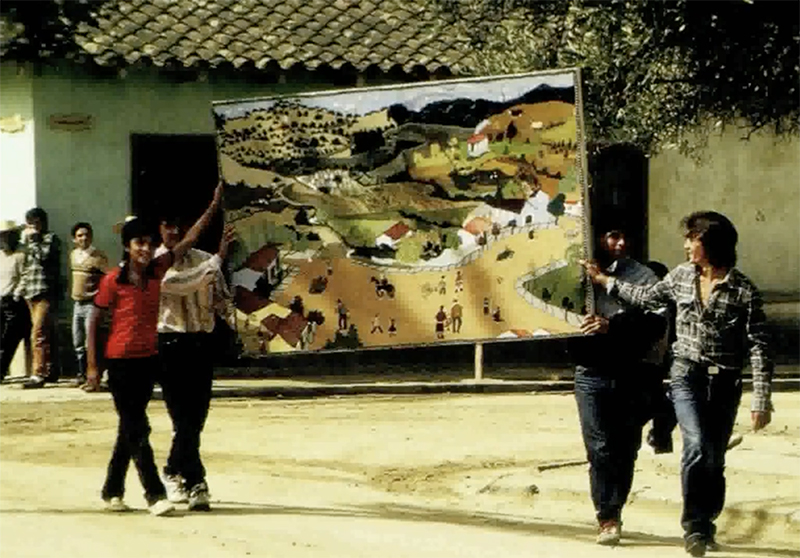
by Carlos Roberto Contreras C., 2018 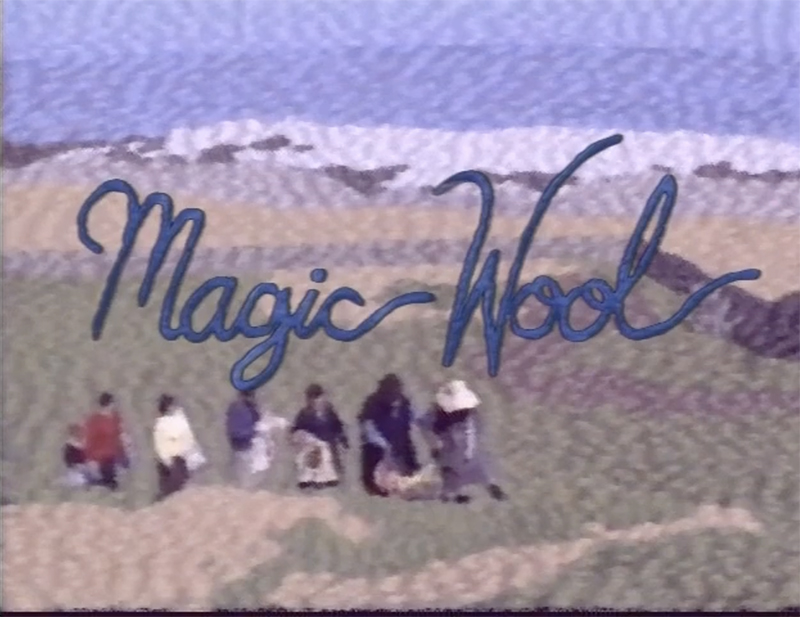
Bibliography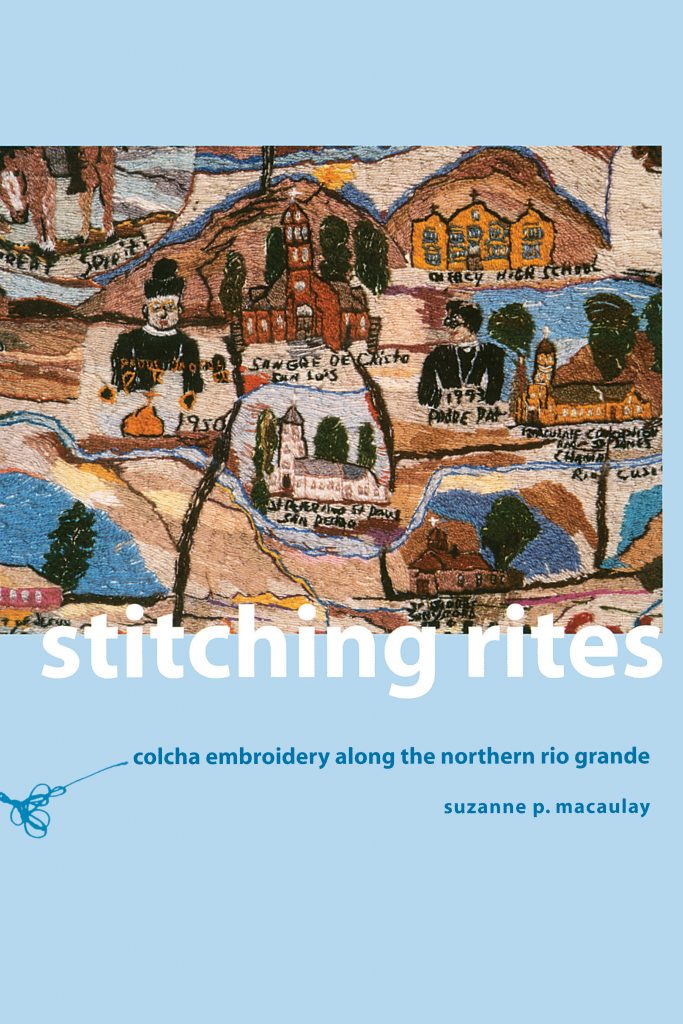
by Dr. Suzanne MacAuley, University of Arizona Press, 2000 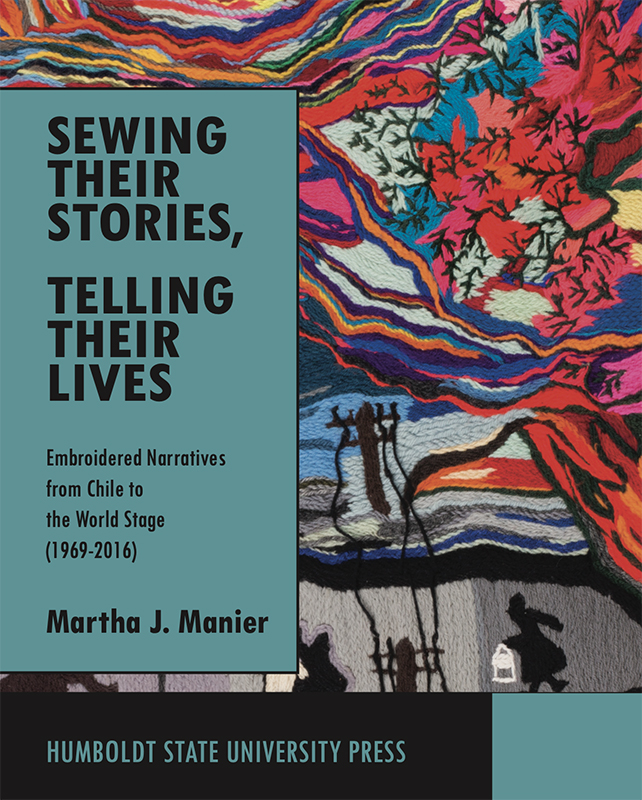
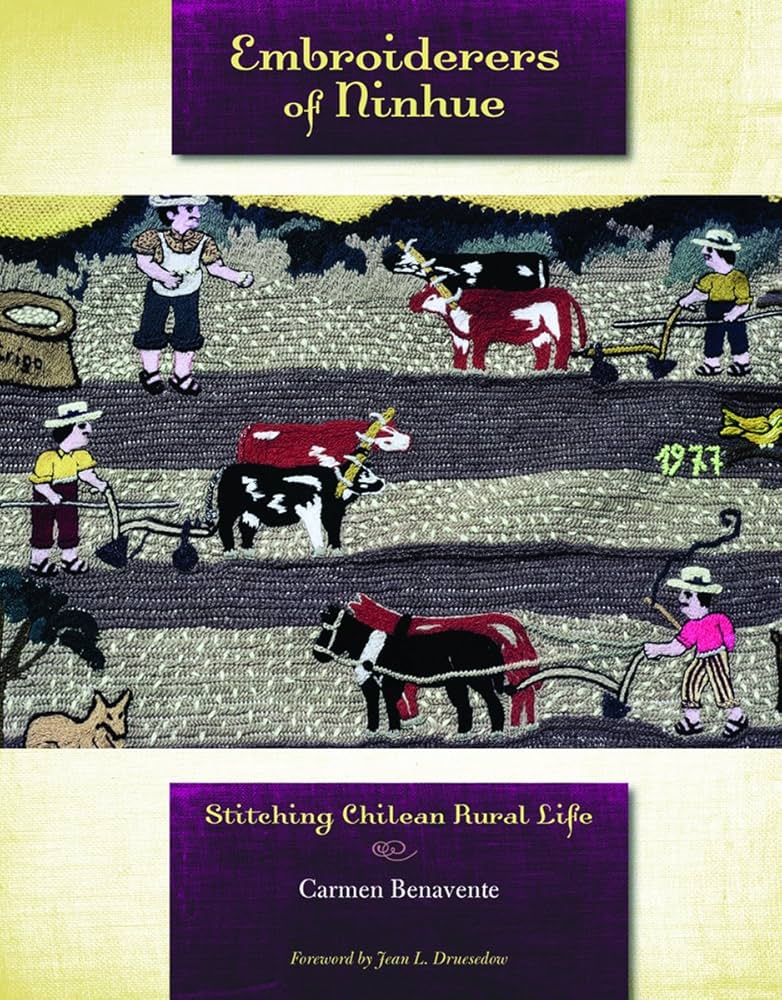
by Carmen Benavente Orrego-Salas, Texas Tech University Press, 2010 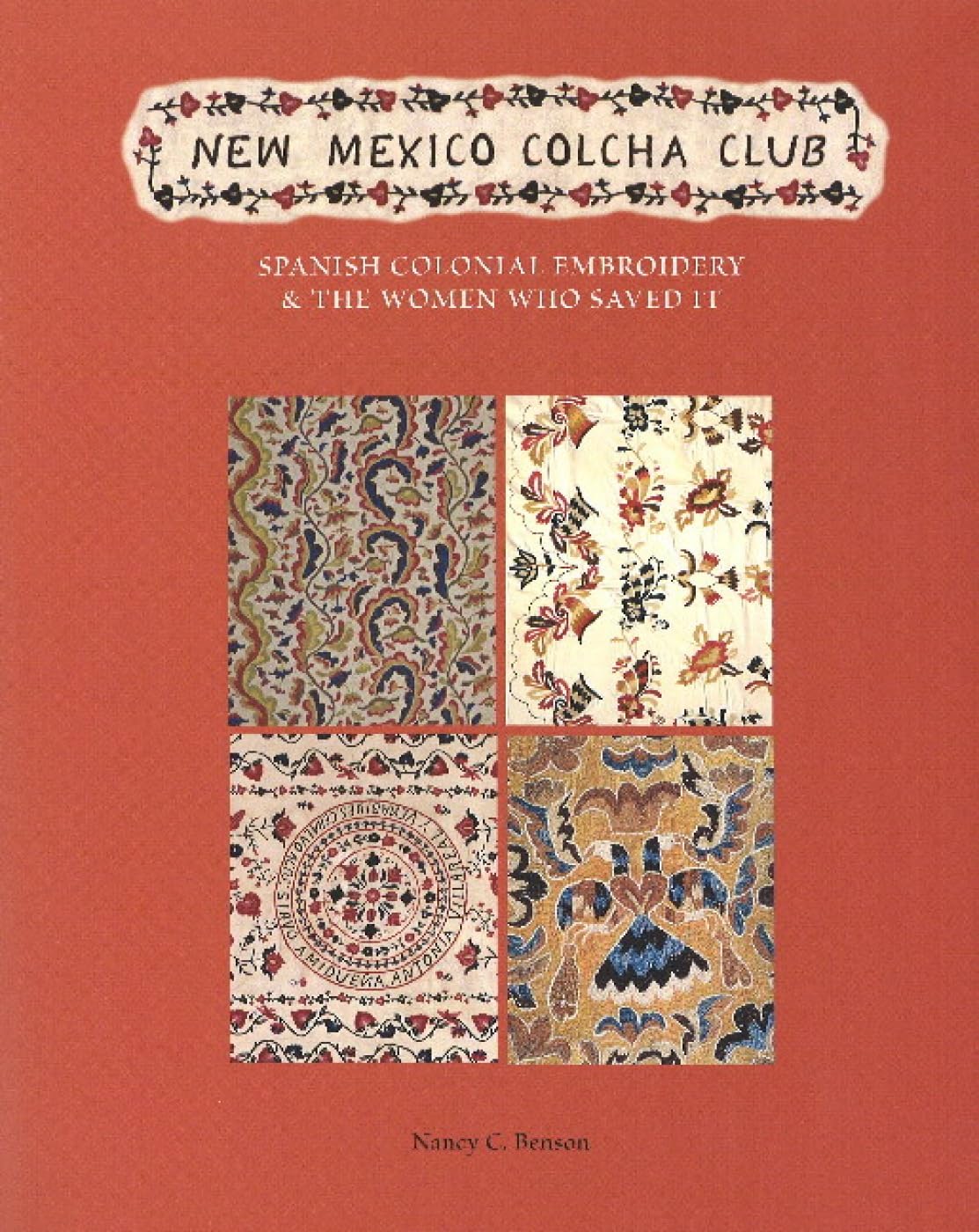
by Nancy C. Benson, Museum of New Mexico Press, 2008 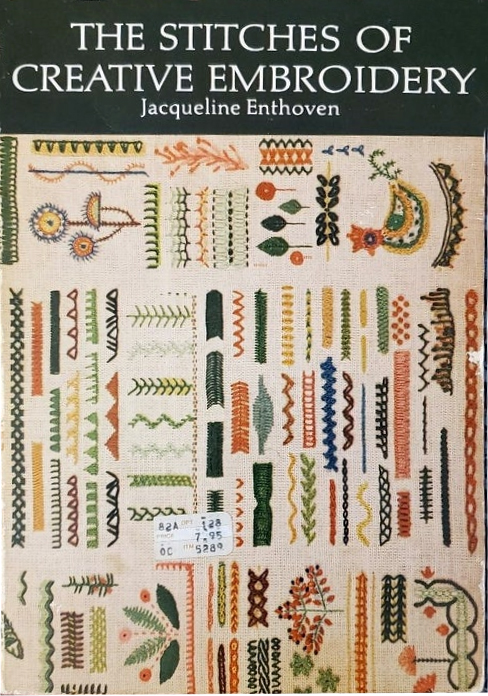
by Jacqueline Enthoven, Schiffer Craft Book, 1964 |
Materials
These are the traditional materials for San Luis Valley colcha embroidery:
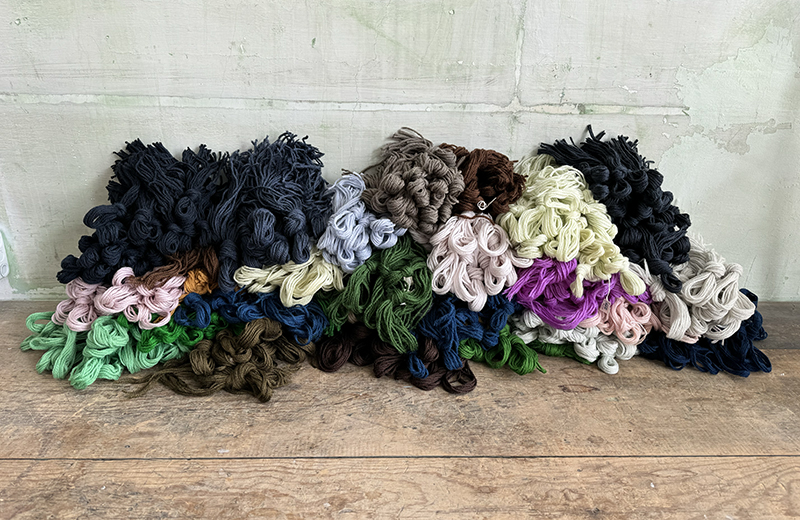
Colcha embroidery uses wool thread. San Luis Valley colcha embroidery often uses commercially produced Colonial Persian 3 ply yarn.
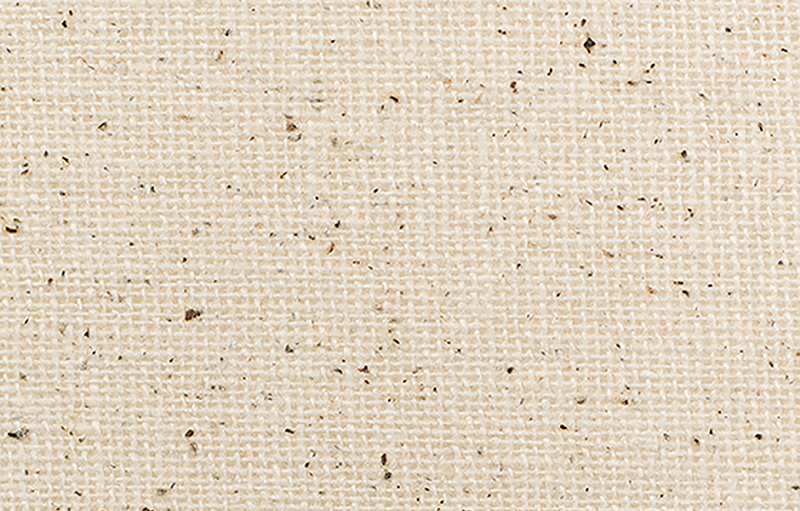
Wool or cotton or linen are easiest to work with. Examples include osnaburg and muslin. Traditional New Mexican embroidery uses a hand woven wool sabanilla. Wool felt could be used also. Difficult to work with fabrics would be stretchy or have a tight weave that makes it harder to pull the yarn through.
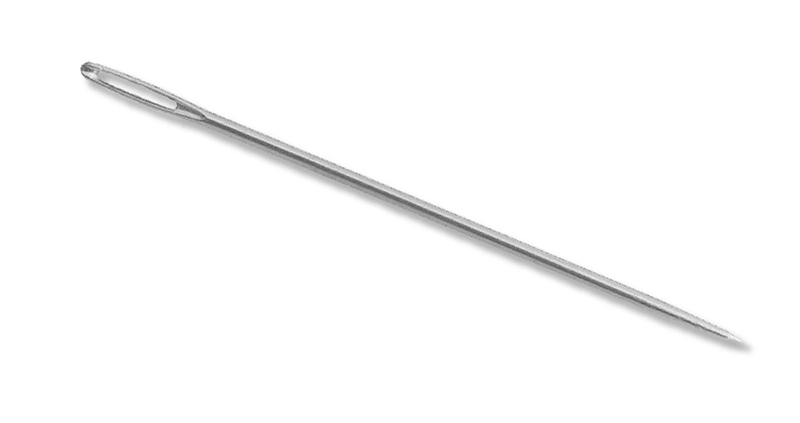
Crewel needles sizes 18-22 are easiest to thread and stitch with.
Many styles of needle will work in a pinch. The needle should be sharp.
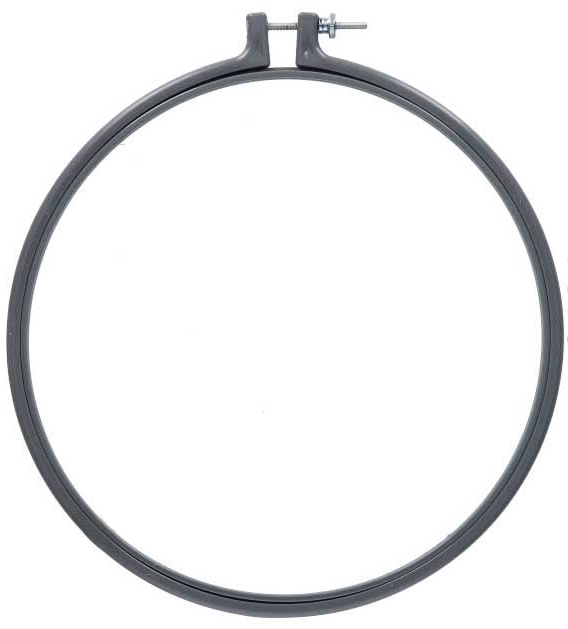
Some artists use one, some don't.
It is a challenge to learn the correct tension of the thread that keeps the fabric from puckering.
A plastic hoop with a lip is useful in keeping the fabric taught and sometimes people find it easier to control their tension.
Some stitchers keep their stitches loose and work without a hoop with the cloth in their lap. 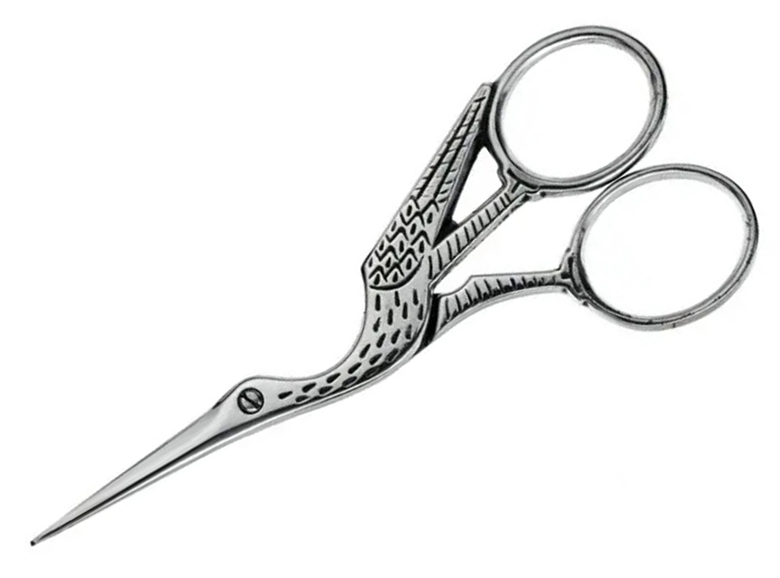
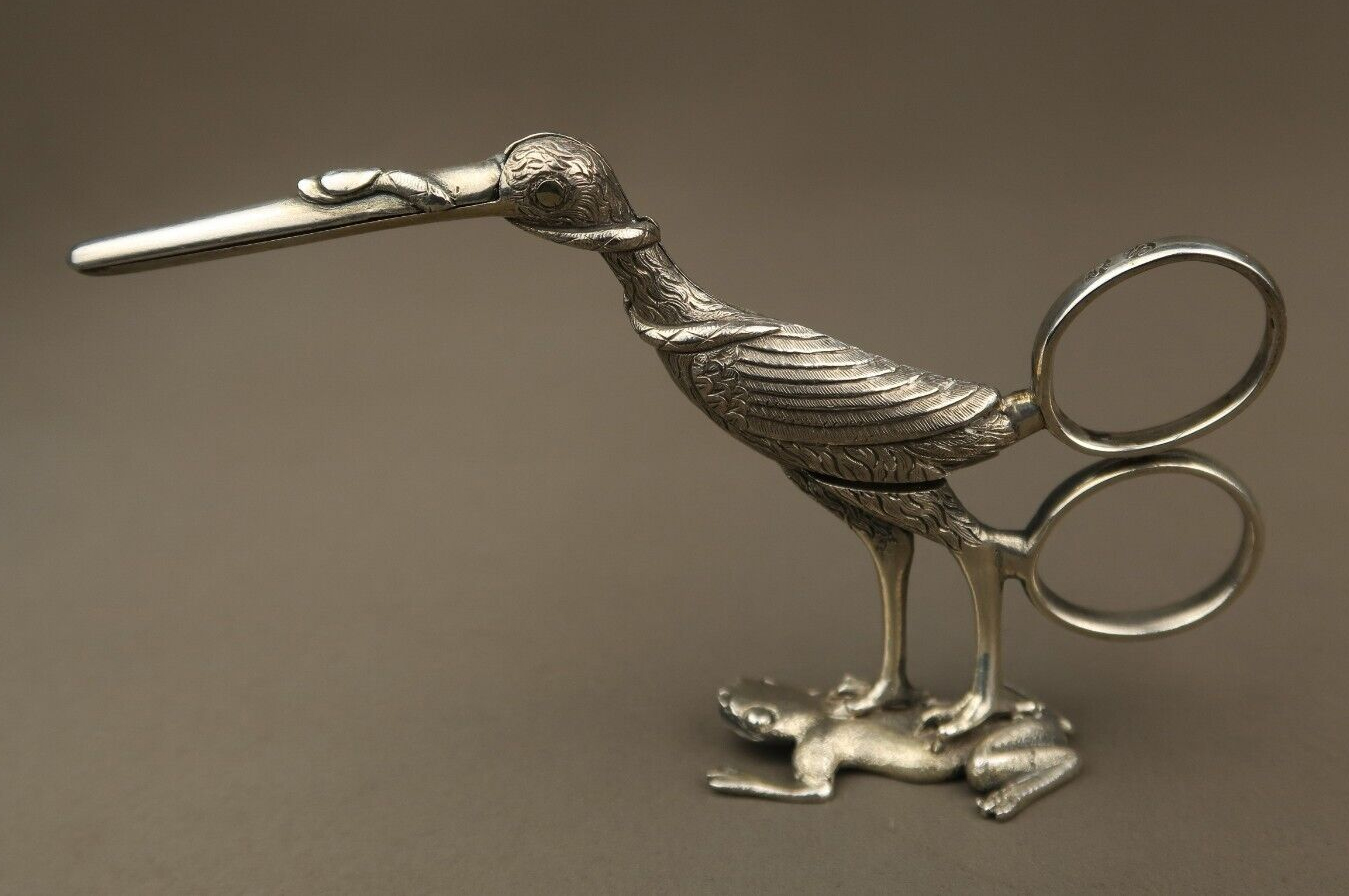
The Colcha Stitch
Make a simple design—a box, a circle, a leaf, any simple shape— directly on the fabric with a marker.

|